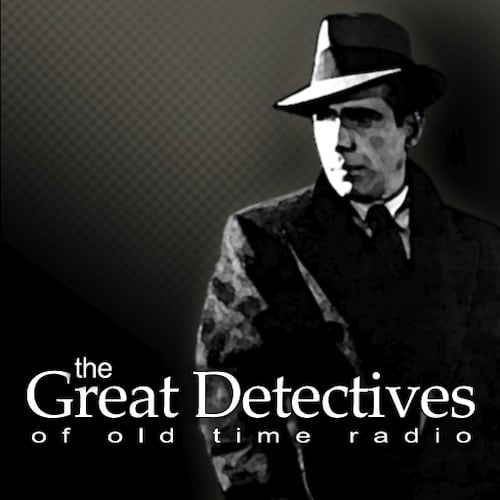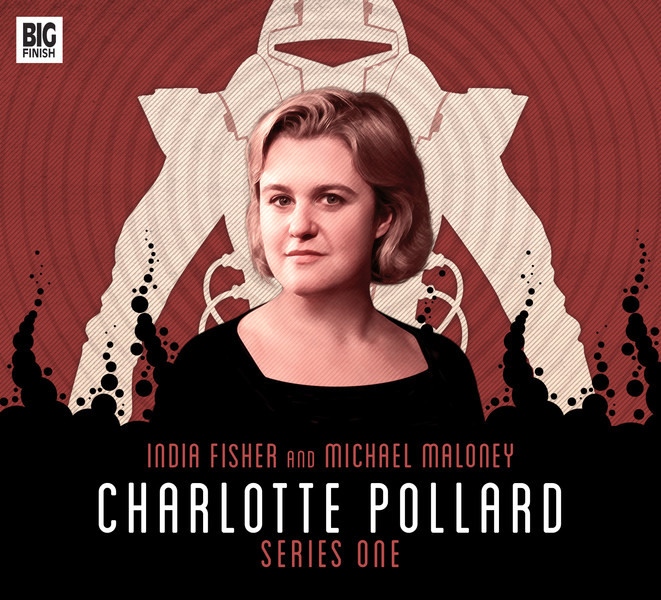Following the success of the first Star Wars film, George Lucas sold the rights to do a radio adaption to National Public Radio for $1. Adapting movies to radio was a tradition that dated back to the 1930s with the Lux Radio Theater. And in some ways, the resulting Star Wars radio drama bore some similarities to the old Lux Radio Theater with two stars (Mark Hamill as Luke, and Anthony Daniels as 3CPO) returning for their original while other actors filled in other lead roles.
But in other ways, the production was entirely different. Instead of condensing a story like Star Wars into an hour, this expanded it into 13 25 minute episodes, allowing for an expanded narrative.
So how did it work?
Positives:
The expansion of Star Wars into a multi-part audio epic makes a lot of sense given that it’s modeled after golden age sci-fi serials.
The sound design is absolutely gorgeous as it’s done with Lucasfilms cooperation and the same sound from the original film. But they do a good job of creating soundscapes in other areas including the race through Beggar’s Canyon.
The actors who take over roles played in the film are mostly just as good as the original actors, which is a testament to the strength of the story. I actually thought Ann Sachs was a slight upgrade from Carrie Fisher as Princess Leia.
Most of the expansions of the story were thoughtful. The series begins with two episodes that serve as establishing shots for Luke and Leia prior to the events of the film, and it’s nice to hear. We get to have Luke racing through Beggar’s Canyon and we also get to see him interacting with Biggs and trying to soldier through his uncle Owen’s constantly putting him off about going to the Academy. His frustration comes off as more reason and less immature.
The audio drama really fleshes out Leia’s character beautifully. She’s far stronger than in the film and more relatable. I really loved everything new they wrote for Leia. One highlight is a much better, more emotionally engaged reaction to the destruction of her home planet of Alderaan than in the movie.
The plot arcs for Luke and Hans Solo were also improved. You really got the sense growing throughout the story that Hans was or had once been more than just a smuggler out for himself in a way you don’t get from the film. Also, there’s enough time to discuss the insanity putting a back country pilot with no experience in space in charge of fighter as the radio drama has time for concerns to be raised about the efficacy of sending Luke Skywalker into battle.
These slight changes made the journey of Hans and Luke far more engaging. Hans’ journey reminds me of Rick from Casablanca (only with the Milennium Falcon) and Luke’s journey contains echoes of the Bible’s David.
We got a little bit more of a taste of the political intrigue on the Death Star and some insight into Grand Moff Tarkin’s decision to remain on the Death Star during the Rebel attack.
While most of the cast are obscure players, there are a few future stars featured. Perry King played Hans Solo three years before getting the lead in Riptide. David Alan Grier made his acting debut. Adam Arkin also features.
Negatives:
Perry King isn’t bad as Hans Solo but he’s a downgrade from Harrison Ford, who’s the hardest member of the cast to replace.
While most of the material added was interesting, that greatest bane of serialized drama from the Adventures of Superman to Doctor Who shows up in the form of several scenes that are padding. The worst offender was a scene in which Obi-wan Kenobe taught Luke the proper stance for holding a Light-saber. That’d be boring TV, but it’s mind-numbing audio.
Most of the production holds together because of the strong story and great sound design. There are several scenes where the lack of skill and experience in transferring visual adventures to an aural medium become apparent. Examples includes the Trash Compactor scene or Luke swinging Leia across a chasm in the Death Star.
The final scene may have been the worst. The production crew wanting to recapture every single moment of the film couldn’t figure out how to do the scene where Luke, Hans, and Chewie received medals from Leia so instead they had Hans and Luke bickering with Leia joining in the arguing. Not a good way to end.
What’s odd about this is that the Star Wars Audio Drama was produced in Los Angeles in 1980, when many of the people who made the Golden Age of radio so magical were not only alive, but also active in productions like the CBS Mystery Theater. I wonder if it ever occurred to NPR to see if any of these people would have been willing to volunteer their services. If they had, this might not have had so many bumpy spots.
The one really odd change in this was that Darth Vader doesn’t appear during the climatic Death Star battle scene. It’s mentioned that he’s out leading the attack, but we don’t hear him inside his TIE fighter getting a lock on Luke Skywalker before the Millennium Falcon swoops in and that does hurt the drama of that vital scene.
Conclusion:
I used to watch the original Star Wars film several times each year, and did a couple times watching through the entire series in one sitting.
Yet, I haven’t done this for more than a decade. Part of it was growing up and not having time to watch 90 minute movies often, part of it was the prequels which, while having their highlights, replaced the fun, adventure, and heroism of the originals with annoying side characters, big CGI effects, and darkness. Along the way, the prequels’ portrayal of both Anakin Skywalker and the Jedi Knights was disappointing to say the least.
What I loved about this Audio Drama is it managed to recapture the fun and excitement when I watched and rewatched the original Star Wars film so many years. Of course, it’s not easy to get over prequel fatique as I found myself thinking how amazingly off-base Obi-wan’s description of Anakin was based on what I’d seen in the prequels. It wasn’t gilding the lily. It was gilding the skunk cabbage.
I found to properly enjoy Star Wars again, I needed to follow the advice of Yoda in The Empire Strikes Back. I had to unlearn what I’d learned. And this wonderful audio drama helps to do that as it immerses listeners in the wonderful and fascinating world of the original Star Wars characters.
It has its weak points, as well as some unnecessary padding, and could have stood some more expert direction to make this an even better production, but there’s no denying that it does a great job of capturing the essence of a movie grabbed the attention of the world and still holds a place in the hearts of fans to this day.
Rating: 4 out of 5 stars
If you enjoyed this post, you can have new posts about Detective stories and the golden age of radio and television delivered automatically to your Kindle.
This post contains affiliate links, which means that items purchased from these links may result in a commission being paid to the author of this post at no extra cost to the purchase

